North - production labor, support for the South
During the war of destruction, industrial enterprises and vital transportation systems were the enemy's primary targets. According to statistics, most industrial zones, 100% of power plants, and 345 enterprises were heavily attacked (225 enterprises were attacked in the first war of destruction and 120 enterprises were attacked in the second).
Faced with a harsh challenge, industrial production both built the material foundation for socialism and supported the South, serving the cause of national reunification.
Since June 1966, the Hanoi Mechanical Factory has safely moved nearly 1,500 tons of vehicles and equipment to 16 locations in Ha Bac (now Bac Ninh and Bac Giang). The 8-3 Textile Factory with more than 7,000 workers has been dispersed to many locations but still maintains continuous production. Other key production units such as the Gia Lam Railway Factory, Cau Duong Wood Factory, Tran Hung Dao Mechanical Factory, Pharmaceutical Factory 1,2, Tien Bo Printing Factory... have tens of thousands of workers, civil servants and their relatives evacuated from the inner city.
During the war, industrial and commercial establishments established self-defense teams, ready to face air raids, and ensured conditions for wartime production activities.
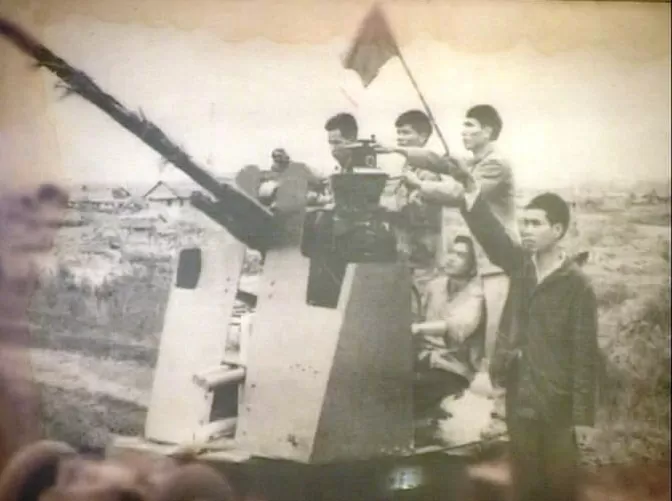 |
| Self-defense team of the coking plant - Thai Nguyen Iron and Steel Company fights to protect the Iron and Steel Area. Photo: Archive |
For example, in the Thai Nguyen Iron and Steel Zone, during those years, self-defense forces were established in all agencies and units. The self-defense units were equipped with anti-aircraft guns, and later also 37mm anti-aircraft guns, contributing with the regular troops of the 256th Regiment - Viet Bac Military Region to spread a net of fire when enemy aircraft bombed Thai Nguyen and attacked the Factory.
From 1966 to the end of 1972, facing the enemy, workers and the “steel self-defense” team with the slogan: “Stick to the machine, stick to the furnace” were ready to “exchange blood for steel” and moved the workshop and assembly line out of the target, both producing and fighting bravely. Batches of cast iron were still being sent to all parts of the country.
Light industry - the consumer goods manufacturing industry - was also among the enemy's sabotage targets. At that time, the soft hands of the female workers of the 8-3 Textile Factory, accustomed to sewing thread, spinning yarn, holding shuttles, weaving cloth, etc., were forced to hold guns. The air defense system was quickly deployed. From the workshop doors, a system of communication trenches was built with sturdy bricks, with a zigzag trench running around the factory; when the alarm was raised, workers carried guns and ran along the communication trenches to the battlefield. In 1966, the factory organized a self-defense battalion consisting of 5 companies, 134 platoons, and 2 subordinate squads; the administrative department organized engineering, chemical, rescue, first aid, and communications teams, etc.
In coordination with the anti-aircraft position of the Capital Military Region Command, the factory's self-defense forces arranged the fire net in two lines: the high line consisted of 8 rifle groups, 2 heavy machine guns, 1 medium machine gun, placed on the roof of the jute, fiber, and weaving workshops. The ground line consisted of 7 groups, arranged in positions at the Dyeing, Thoi Suot, and Mechanics workshops. The fighting formation coordinated closely with the positions of the Mai Dong Mechanical Factory, Hai Chau Candy Factory, and Luong Yen Milling Factory, forming a fire net in the southeast of the city...
Persistently restore industry, rise up after the war
The restoration work had been going on for three years when in mid-1972 the second destructive war began. Although this destructive war lasted less than a year, its level of destruction was equal to the previous four years combined.
As soon as the escalating war ended, on January 23, 1973, the Paris Agreement on ending the war and restoring peace in Vietnam was initialed. On January 24, 1973, the Secretariat issued Directive No. 200-CT/TW, requiring each level of government and economic sector to grasp firmly, quickly and effectively resolve issues of production stabilization (Complete Party Documents, Volume 34).
 |
| Production line of Sao Vang Rubber Factory in Hanoi, October 1974. Photo: Archive |
This industrial recovery and development focuses on a number of basic industries such as construction materials and energy production; developing mechanical industries for barge and tugboat manufacturing, automobile and motorbike repair to serve the restoration of transportation; producing consumer goods and export goods. In addition, promoting industries for fish exploitation, salt, fish sauce, etc.
The capital investment in industrial basic construction in 3 years (1973-1975) was 3 billion VND, 1.2 times higher than the total capital investment in basic construction in the previous 6 years (1965-1971); The industries that have performed well in restoration and renovation are electricity, coal, construction materials, mechanical repair and construction of new means of transport, and production of spare parts and accessories for economic restoration and development.
Thanks to the acceleration of restoration, renovation and new construction, the material and technical facilities and production capacity of the Northern industry in 1975 were not only restored but also increased significantly, not only changing in quantity but also in quality.
According to the General Statistics Office, in the period of 1955-1975, the Government approved the first 5-year socio-economic development plan (1961-1965) to strive to initially build the material and technical foundations of socialism, carry out a step of socialist industrialization, and build the material and technical foundations of the national economic sectors. First of all, the industrial and agricultural sectors. In 1975, GDP per capita reached 232 VND, equivalent to 80 USD. Industrial production was gradually restored and developed with the industrialization policy, many industrial production facilities were restored and built. In 1975, the total industrial output value reached 4,175.4 billion VND, 13.8 times higher than in 1955; the average annual increase in the period 1956-1975 was 14%/year. |
Source: https://congthuong.vn/phat-trien-cong-nghiep-thoi-chien-xay-nen-kinh-te-chi-vien-tien-tuyen-385310.html


![[Photo] Hanoi is brightly decorated to celebrate the 50th anniversary of National Reunification Day](https://vphoto.vietnam.vn/thumb/1200x675/vietnam/resource/IMAGE/2025/4/29/ad75eff9e4e14ac2af4e6636843a6b53)
![[Photo] Ho Chi Minh City: People are willing to stay up all night to watch the parade](https://vphoto.vietnam.vn/thumb/1200x675/vietnam/resource/IMAGE/2025/4/29/cf71fdfd4d814022ac35377a7f34dfd1)
![[Photo] Prime Minister Pham Minh Chinh meets to prepare for negotiations with the United States](https://vphoto.vietnam.vn/thumb/1200x675/vietnam/resource/IMAGE/2025/4/29/76e3106b9a114f37a2905bc41df55f48)
![[Photo] General Secretary attends special art program "Spring of Unification"](https://vphoto.vietnam.vn/thumb/1200x675/vietnam/resource/IMAGE/2025/4/29/e90c8902ae5c4958b79e26b20700a980)
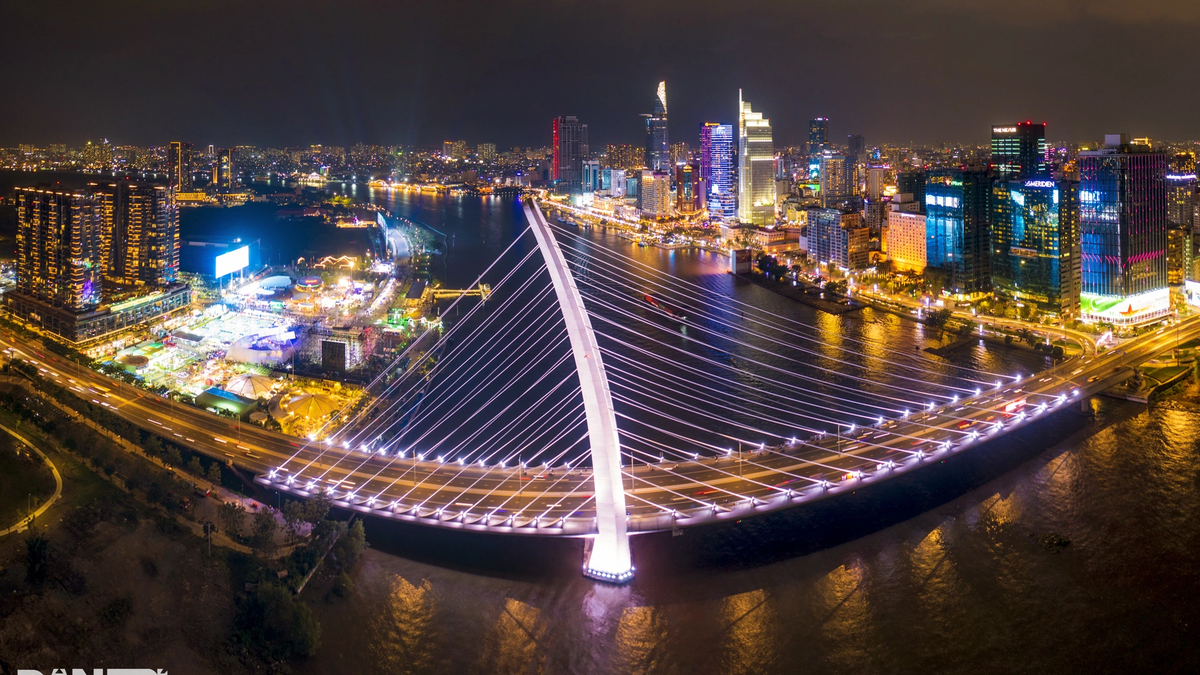
![[Photo] Nghe An: Bustling atmosphere celebrating the 50th anniversary of Southern Liberation and National Reunification Day](https://vphoto.vietnam.vn/thumb/1200x675/vietnam/resource/IMAGE/2025/4/29/64f2981da7bb4b0eb1940aa64034e6a7)

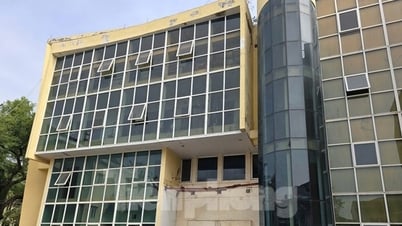

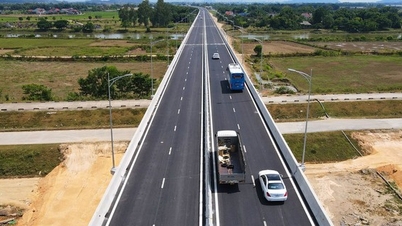
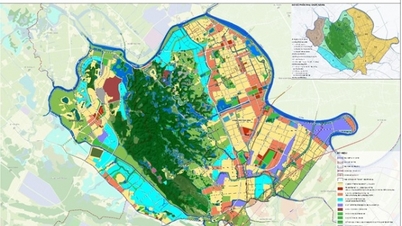






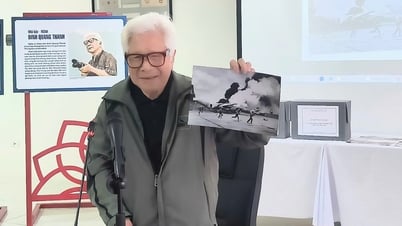
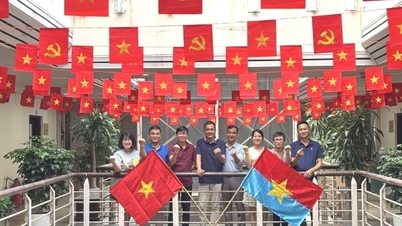

![[Photo] People choose places to watch the parade from noon on April 29](https://vphoto.vietnam.vn/thumb/1200x675/vietnam/resource/IMAGE/2025/4/29/3f7525d7a7154d839ff9154db2ecbb1b)


































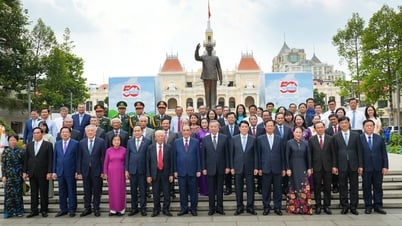
































Comment (0)